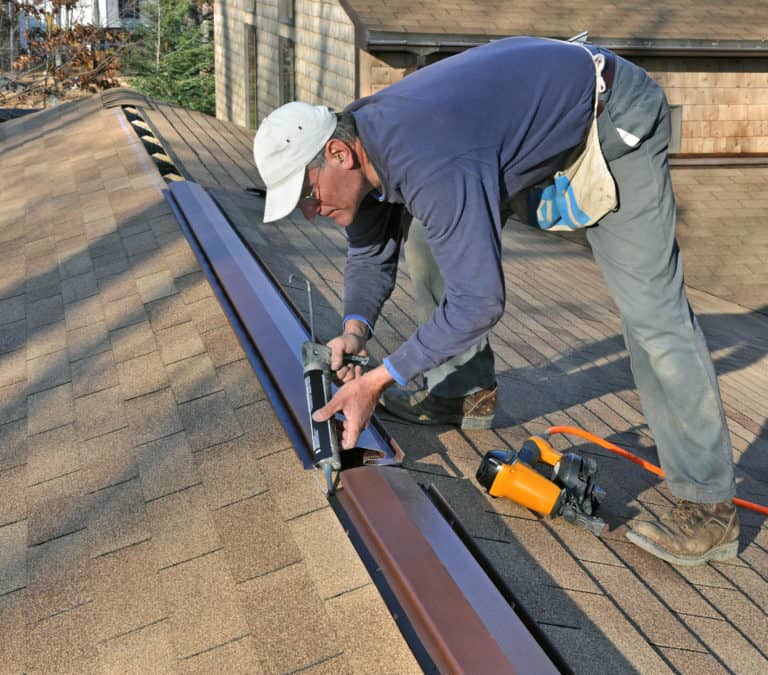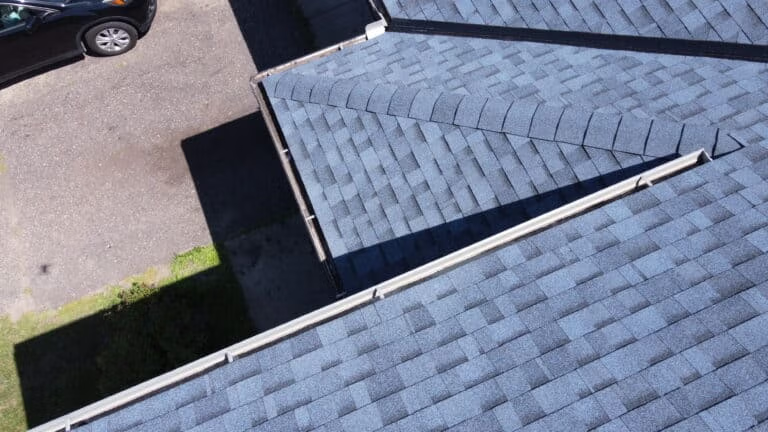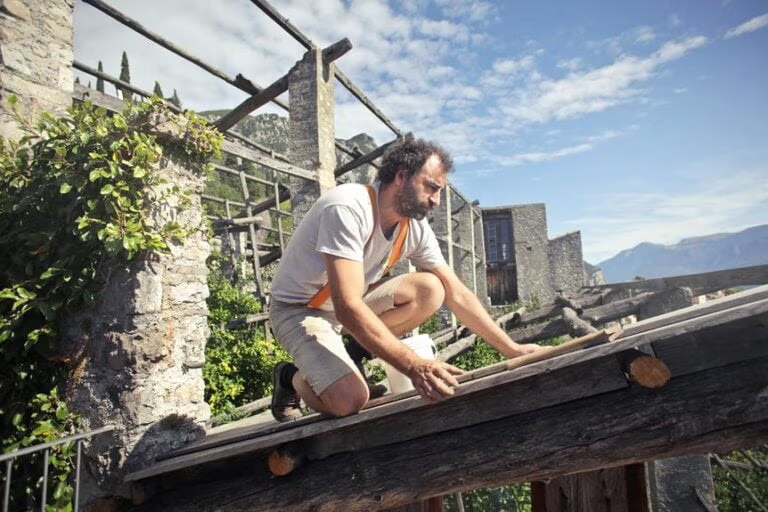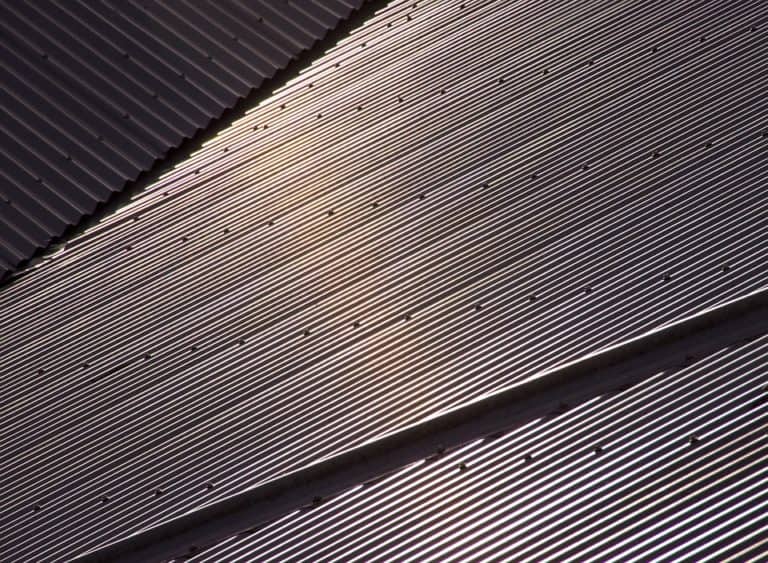Moving into your recently renovated home is an exhilarating experience. The smell of fresh paint, the sparkle of new fixtures, and the promise of a revitalized living space can be truly satisfying. However, this transition can also be quite challenging if not adequately planned and executed.
This article will explore essential tips to ensure a smooth and hassle-free move into your recently renovated home. From pre-move preparations to safety measures and personalization, we’ll guide you through each step of the process, allowing you to fully enjoy your newly transformed living space.
Pre-Move Preparation
Before you begin the actual move, conduct a thorough inspection of your recently renovated home. Check for any unfinished or subpar work that may have slipped through the cracks. Create a list of necessary touch-ups or corrections to ensure everything meets your expectations.
Arrange a final walk-through with your contractors to discuss any pending issues or concerns and obtain vital documentation and warranties. Additionally, don’t overlook the importance of packing and decluttering. Sorting your belongings and deciding what to keep, donate, or discard will reduce the moving load and help you stay organized during unpacking. Properly labeling boxes will make the unpacking process much more manageable.
Utilities and Services
When moving into your recently renovated home, one of the first tasks is to address utilities and services. Ensure you transfer or set up essential utilities such as electricity, water, gas, and internet well in advance. Notify service providers of your move to update your address for mail, subscriptions, and deliveries. Schedule necessary services like cable installation or setting up security systems to coincide with your move-in date.
Safety and Maintenance
Test smoke detectors and alarms in your new home to ensure they function correctly. Familiarize yourself with the location of utility shut-offs in case of emergencies. Also, you should consider scheduling regular maintenance checks for the renovated areas of your home to address any issues promptly and keep your investment in top condition.
As part of the safety and maintenance checklist, it’s crucial to consider roofing repairs. A sturdy roof is fundamental to the overall safety and well-being of your living space. Before settling in, have a professional inspection of the roof to identify any potential issues, such as leaks, damaged shingles, or weakened structural components. Addressing these roofing concerns proactively ensures that your recently renovated home remains watertight and secure for years to come.
Unpacking and Organizing
After your furniture and appliances are in place, it’s time to start unpacking. Prioritize essential items for immediate use, such as kitchen essentials and bedding. Take a room-by-room approach, starting with the most important spaces like the bedroom and kitchen.
You should try to organize and unpack systematically and, if needed, install shelving and storage solutions to keep your recently renovated home clutter-free and well-organized. Ultimately, you can rent a self-storage unit during renovation and have a safe space for your belongings.
Cleaning and Preparing the New Space
Before you start moving into your recently renovated home, ensure that it’s clean, safe, and welcoming. This step is often overlooked but can significantly impact your overall experience. Here’s a more detailed guide on how to clean and prepare your new space:
- Install safety features: Install or double-check features like smoke detectors, carbon monoxide alarms, and fire extinguishers in key areas of your home. Test all alarms to ensure they are working and replace batteries if necessary.
- Organize pest control: Schedule a pest control inspection or treatment, especially if your home was vacant during the renovation. Seal any cracks or openings that could serve as entry points for pests, such as rodents or insects. Look for signs of infestations, such as droppings or unusual noises, and address them promptly.
- Consider deep cleaning: Start from the top and work your way down when cleaning each room, beginning with ceilings and light fixtures and ending with floors. Pay attention to baseboards, corners, and hidden spaces where dust and debris can accumulate. Clean and sanitize frequently touched surfaces like doorknobs, light switches, and countertops. Vacuum and mop all floors, and consider professional carpet cleaning if applicable.
- Hire professional cleaners: If the task is too much for you, a professional cleaning service can deep clean your entire home. They can reach all the nooks and crannies that may have accumulated dust and debris during the renovation. Professional cleaners can also tackle any leftover construction residue, such as paint splatters or adhesive marks on marks on windows and floors.
Furniture and Appliance Placement
Moving into your recently renovated home smoothly requires a floor plan. Measure rooms and existing furniture, deciding on the optimal layout. According to allseasonmovers.com movers, this plan will save you time and energy during the move-in process. Depending on the scale of your move, you may want to hire professional movers or enlist the help of friends and family to assist you in placing furniture and appliances safely and efficiently.
Personal Touch and Decor
Now that the essentials are in place, it’s time to add your personal touch to your recently renovated home. Incorporate elements that make the space uniquely yours, from family photos to cherished artwork. Hang curtains, artwork, and decorations to infuse warmth and character. Consider investing in new furniture or decor pieces that complement the renovation, enhancing the overall aesthetic and comfort of your living space.
Final Inspection and Walk-Through
Before officially settling in, review your initial checklist to ensure all renovation work is completed to your satisfaction. Address any outstanding issues with your contractors to prevent delays or complications later on. Once everything is in order and the home inspection is over, take a moment to celebrate the successful move-in and enjoy your beautifully renovated home.
Moving into Your Recently Renovated Home with Ease
Moving into your recently renovated home can be a rewarding experience when approached with careful planning and organization. By following these tips, you can navigate the transition smoothly, ensuring your new living space becomes a place of comfort and joy. Embrace the transformation, make it your own with personal touches, and relish the beauty and functionality of your recently renovated home.






